Scanning sun-dappled forest near the Russia-China border, Viktor Storozhuk wonders which tree would best hide his trap. In this Pacific coast region where the nature of Siberia and East Asia merge, the variety is as rich as the autumn colours, Mongolian oak and Korean pine growing beside hazel, ash and silver birch.
Storozhuk’s camera trap won’t harm animals that used to die in snares here: not only deer and wild boar that poachers caught for their meat, but bears, lynx and two of the world’s rarest big cats, the Siberian tiger and Amur leopard, long coveted for their skins and for bones and organs used in traditional Chinese “medicines”.
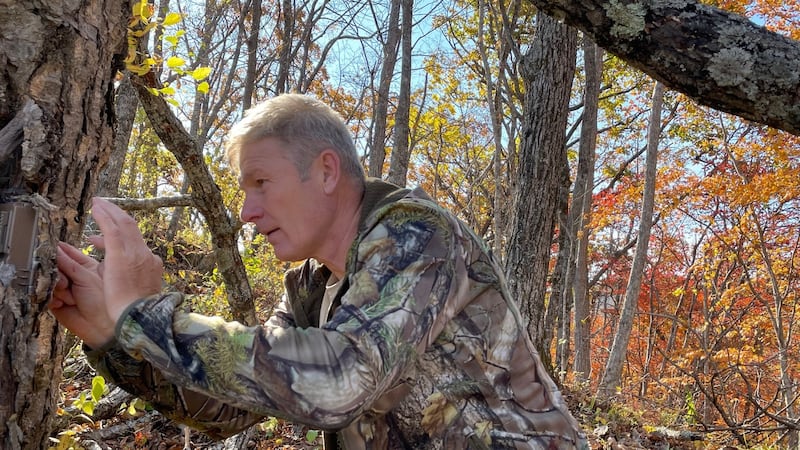
In a country where cash and connections trump the toughest paper laws, the recovery of the planet’s northernmost leopards and tigers from near-extinction is a striking success story, and evidence of how quickly Russian officials jump into line and funds start to flow when a project wins the Kremlin’s public seal of approval.
“We have about 450 camera traps around the national park,” says Storozhuk (56), a member of the research department here for a decade. “We check the memory cards every six months or so, and now we see a leopard on almost every one.”

"It's like Christmas," adds his colleague Timofei Petrov (30), "each time we download the photos and video and find out what we've caught on camera."
Tsarist Russia’s construction of the Trans-Siberian railway and push into the resource-rich Far East brought hunters and loggers to the big cats’ habitat in the late 19th century, and though their numbers stabilised during 70 years of communist rule, the animals faced renewed threat when the Soviet Union collapsed.
With Russia’s economy crumbling, state enterprises dying and crime and corruption rampant, forests were plundered for timber, game and – for those who by chance or design came upon a big cat – pelts that could fetch a small fortune on the black market and body parts that were in demand over the porous border in China.
Wildlife monitoring was in disarray at the time, but tiger numbers in Russia were believed to be falling towards 300 adults, and only about 30 leopards were thought to survive close to Russia's frontiers with China and North Korea.
Land of the Leopard
Experts said the situation was critical, and in 1999 Russia's government approved a plan to protect the Amur leopard. Its implementation was later overseen by Sergei Ivanov, a former intelligence officer and Russian defence minister, who from 2011-2016 served as Kremlin chief of staff.
His interest in nature seems to be shared by Russia's ruler since 2000, Vladimir Putin, who signed an order in 2012 to expand protected leopard habitat and create the 269,000-hectare Land of the Leopard national park.
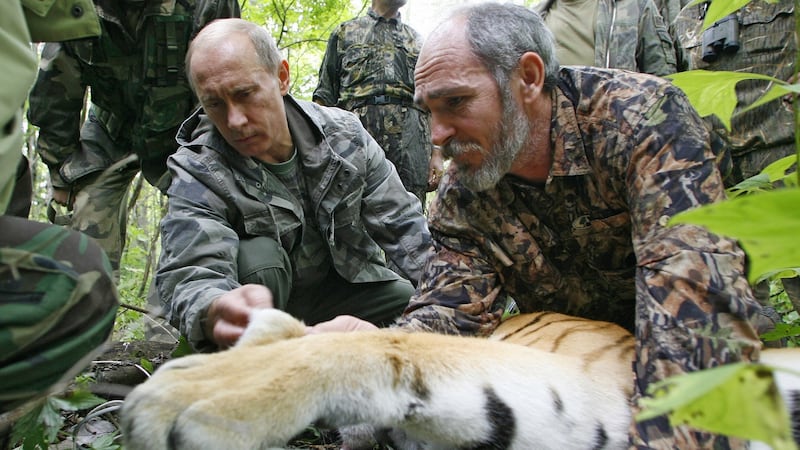
Over the last decade, with Putin chairing its board of trustees and defence minister Sergei Shoigu as president, the Russian Geographical Society has increased its focus on tigers and leopards, and major firms have helped fund related research and conservation work; Ivanov, who is now Putin's special envoy for environmental protection, has visited Land of the Leopard and still monitors its welfare.
Experts say it is all paying off: the national park is now home to some 110 adult Amur leopards, and about 41 of Russia's estimated 500 adult Siberian tigers, all of which live in the forested hills of the Primorsk region near the Sea of Japan.
"The creation of the national park and enlargement of protected areas played a significant role in the sharp rise in numbers of this great predator," Dina Matyukhina, a research scientist at the park, says of the Amur leopard.
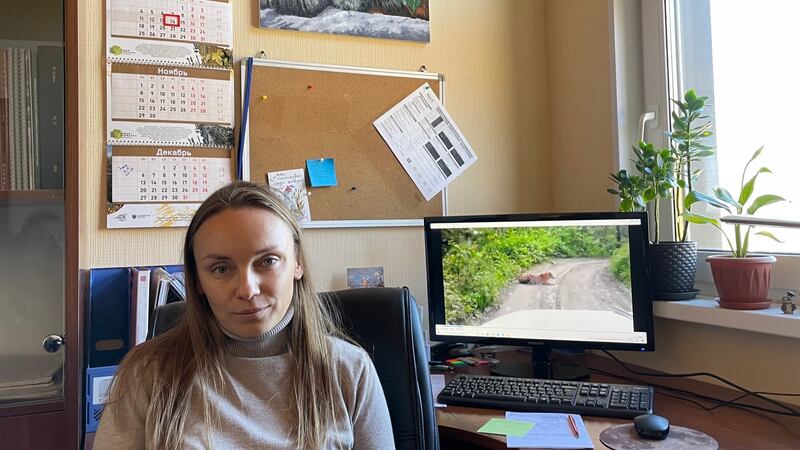
“Most of its habitat was given protection and systems to safeguard it from poaching and wildfires were put in place. That helped stabilise the number of ungulates here ... and to increase the survival rate of leopards,” she explains.
“Now numbers have reached something of a plateau. We see some growth but not the surge of a few years ago. So our current task is to support the population of leopards at this high and stable level, and the national park is doing that well.”
Putin’s fondness for macho photo shoots in the wilderness is widely mocked, and his 2008 encounter with a tiger in Primorsk is a prime example of the often wooden and sometimes absurd scenarios that are staged by aides or local officials.
According to state media, as he prepared to put a tracking collar on the tiger, it broke free and was poised to attack a camera crew, who were only saved by Putin’s quick reflexes in shooting the beast down with a tranquiliser dart.
Environmentalists who studied the tiger’s stripes – as unique to each animal as a fingerprint – said the stunned and collared creature was actually a resident of a zoo that subsequently died from the stress of being given too much sedative.
Putin’s protection
Such PR stunts are clunky and may sometimes be irresponsible, but they serve the purpose in Russia – where political power is highly personal – of warning officials at all levels that the nation’s tigers and leopards are effectively under Putin’s protection, and any blunder on big-cat issues could ruin a career.
“Naturally, the attention of senior officials helped attract serious funding, particularly when setting up the national park, creating the infrastructure needed and providing equipment and resources for doing our work,” says Matyukhina.
“And of course when Vladimir Putin comes and puts a collar on a tiger or Sergei Ivanov comes and says ‘let’s save leopards’, the media cover it, more people talk about these animals, feel sympathy for them and give money to help,” she adds.
“As for local politicians, they are hostages to the situation, because if Putin and Ivanov love big cats then they should love them too, automatically.”
Matyukhina does not doubt the sincerity of Russia’s leaders, however.
“When talking to them, I got the feeling they had a personal, deep interest and love for big cats, not that this was just something they had to do.”
This top-level support helped Land of the Leopard build a new administration and accommodation site complete with helipad in the village of Barabash, along with a visitor centre and well designed and maintained forest trail.
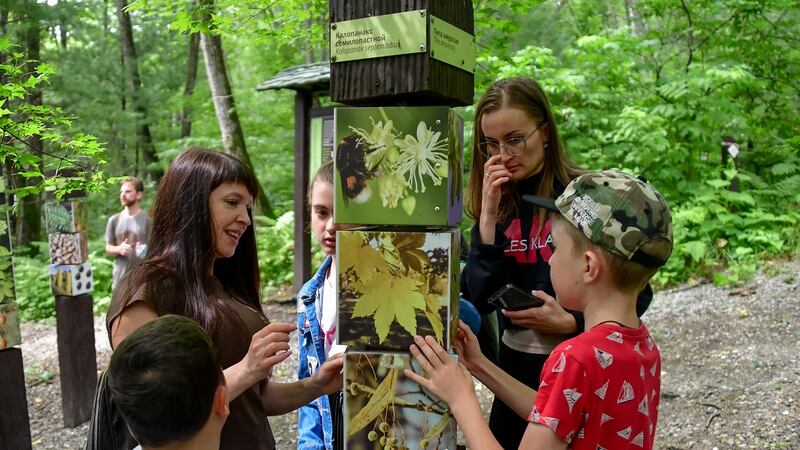
The park is a beneficiary of official care, attention and investment that feels absent from Barabash and the surrounding area, which is a 90-minute drive from Vladivostok, about 20km from China and 150km from the border with North Korea.
The economy of the entire Russian Far East has never recovered from the collapse of the centrally controlled Soviet system, and only six million people now live in an area twice the size of India – a drop of about 25 per cent in as many years.
Locals who can afford a licence can legally shoot game not far from the national park, but some still enter the protected zone to hunt deer or boar, or take ginseng, pine nuts or the big chum salmon that are now spawning in the limpid rivers around Barabash.
Rich land, poor people
At roadside tables stacked with jars of honey and berries, women offer salmon caviar for 3,000 roubles (€36) a kilo, which is snapped up by day-trippers from Vladivostok or traders who re-sell the scarlet roe for twice that price in the city.
As with many big-cat habitats, this is a rich land where most people are poor.
Massachusetts-born tiger expert Dale Miquelle, who lives in Terney beside the Sea of Japan 600km north of Barabash, arrived in Russia in the early 1990s.
“Because of the economic and political collapse, local people were in dire straits, inflation made pensions and salaries worthless, and people were forced to make a living off whatever resources they could find,” he says of those years.
“Lots of tigers were being poached, and there was also a surge in people being killed by tigers, because some of the people trying to poach tigers ... ended up wounding a tiger that then turned and attacked them. It was a dangerous time to be a tiger and a dangerous time to be a human too,” Miquelle (67) recalls.
“Some people were trying to put a meal on the table with anything they could find in the forest that had value, but others were specifically looking to shoot a tiger, because that was where the big and relatively easy money was. It was true then and now.”
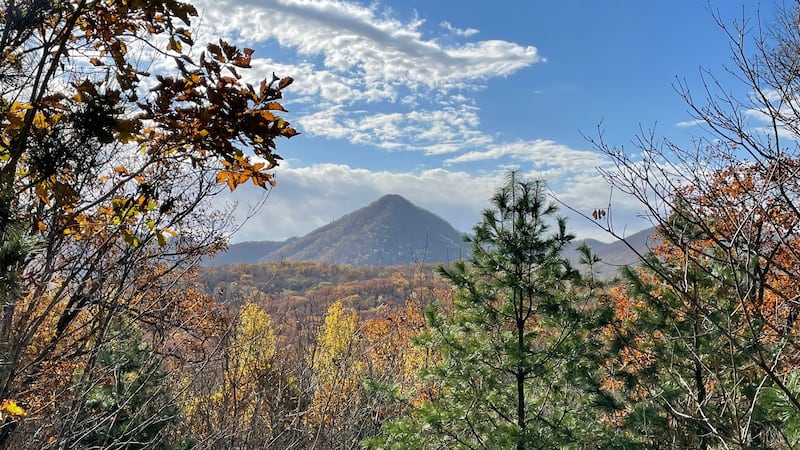
Miquelle says Russian leaders’ support for big cat protection “is hugely important and has a major impact” on their survival, but warns that tigers in particular are still not safe from hunters’ guns: “Poaching is still occurring, it hasn’t stopped, but it seems to occur at about a level that allows the tiger population to remain stable.”
Land of the Leopard is now entering its most dangerous season, when dry forests full of fallen leaves can easily catch light by chance, or at the drop a match by a poacher who wants park wardens to be kept busy fighting fires.
“Some locals might be prejudiced against the national park because they used to hunt, collect ginseng and catch fish here, and now the national park stops them doing that,” says Matyukhina, who has spent all her life in Russia’s Far East.
“The ideal, which we see in other countries, is for the national park to become a source of income for people, particularly through tourism,” she explains.
“Work with the local population has to be a priority for us, because we can’t save big cats without improving relations with residents and giving them a chance to get some economic benefits from being neighbours of the national park.”
Biosphere reserve
There are now high hopes that big cat numbers will continue to increase just across the border from Land of the Leopard, where in 2017 China created the world’s biggest protected area for tigers.
The parks could eventually form an international biosphere reserve, and Putin is expected to discuss it with his Chinese counterpart Xi Jinping when he hosts the second International Tiger Conservation Forum in Vladivostok next year.
Yet major expansion of protected habitat in Russia looks unlikely.
Because prey animals are dispersed so widely here, a Siberian tigress needs a home range of some 400sq km to live well, whereas a Bengal tigress can get by with 20sq km.
The upshot is that only about a fifth of Russian tiger territory is protected, says Miquelle, co-ordinator of the Wildlife Conservation Society’s tiger programme.
Any bid to wrap more big swathes of land into national parks – even by a leader as powerful as Putin – could meet opposition from major industries including timber, energy and mining, as well as from local people who need to make a wage.
“We are running up against the wall of what could be protected now. In most of these other lands there are people dependent on economic activity, which might have to be shut down if a protected area were to be created,” says Miquelle.
“Politically, that’s a hard direction to go, no matter what country you are in.”






















